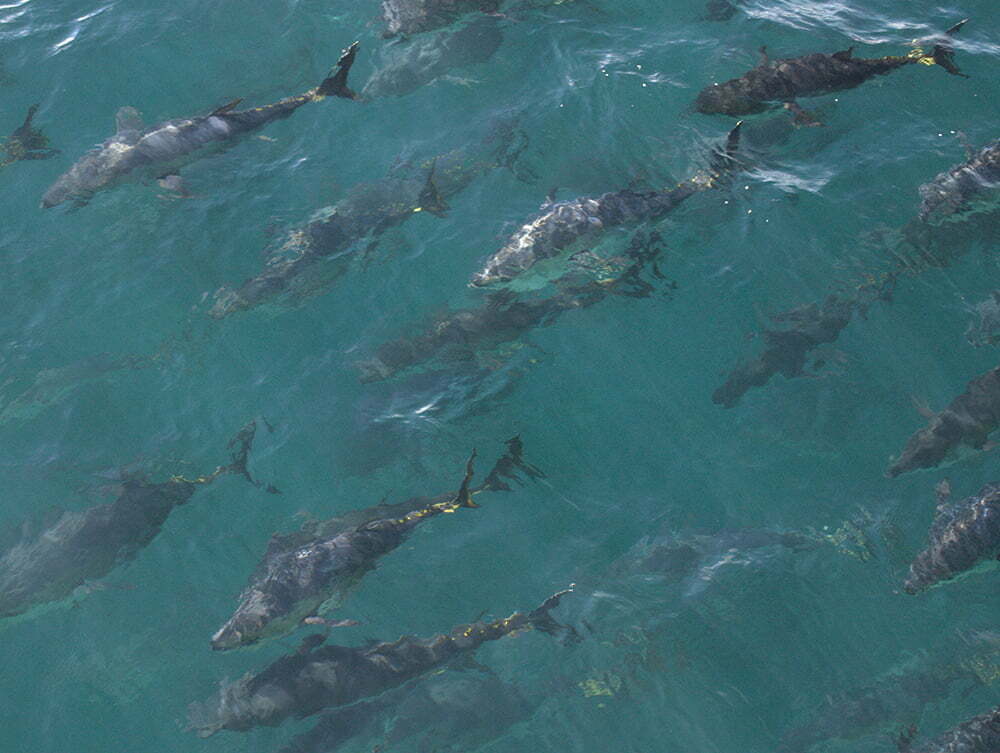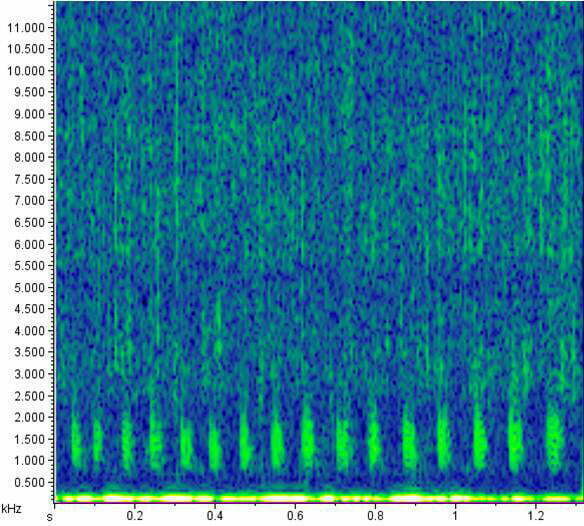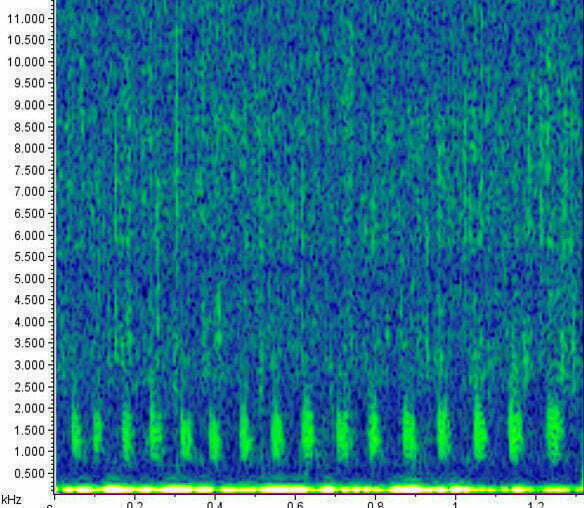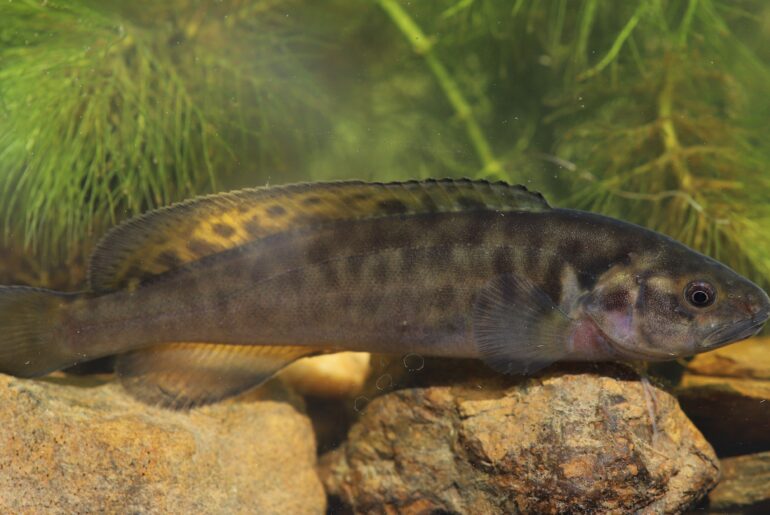That sounds fishy…
Do fish hear and communicate using sound? And what does this mean for rec fishers?
If I told you there was a species of animal in Australia which lets out a call during mating as loud as a rock concert you might picture a blue whale, or another large mammal. But what if I told you it was the humble Mulloway?
Research funded by the Fisheries Research and Development Corporation found that Mulloway produce three different call types when spawning, with some calls exceeding 172 decibels in underwater sound units when recorded from 1m away. By comparison, a loud rock concert when roughly compared to underwater levels (imagine the bubbles!) reaches around 177 dB)1. Mulloway calls can be detected from over 110-400m away using correct equipment, and can actually cause pain in divers in close proximity.
There are in fact over 700 fish species worldwide which make sounds as part of intricate social and reproductive behaviour2, including a number of recreationally important species such as Samsonfish, Trevallies, Dhufish, some Tuna species, Spanish mackerel, and species belonging to the family of fish we call cod which includes Queensland Groper and Coral Trout1. The Goliath grouper, for example, advertises it’s presence with such power that they can be heard up to 2,000 m away. Interestingly, some other species such as pink snapper don’t seem to make a peep.


Fishy sounds:
Fish species have evolved the ability to produce sounds in a variety of ways, including drumming their swim bladder with specialised muscles or bones, as well as hydrodynamic tail slaps, fin flicks, fin spine extensions, and jumps1. You can check out some of the weird and wonderful noises produced by fish species around the world on the website http://www.fishecology.org/soniferous/justsounds.htm. An example of a fish chorus from northern Australian waters is also shown below (green pulses depict the repeated, impulsive chorus of a grunter type species).

Rec fishers have known about the noise-making ability of many species they catch for years, with some earning common names like grunters, croakers, blurters and yakkas as a result. Their ability to hear things has also helped to shape our fishing practices; Sir Isaac Walton was possibly the first to discuss the need to outsmart a fish’s sense of hearing in order to be a successful angler in his 1653 book The Compleat Angler, and we have been tip-toeing along the riverbank ever since.
There is also the potential for sounds to be used advantageously whilst fishing; in an albacore fishery in the United States the sound of a faulty gearbox was inexplicably associated with increased catch rates (perhaps tempting some to throw a spanner in the gearbox to bring the fish on the chew?)5. The appearance of sound producing technology on leading-edge rec fishing boats in recent years playing soundtracks with names such as ‘whimpering prawn’ and ‘balling baitfish banquet’ is clear evidence that many rec fishers and tackle producers also see the potential application.
The fact that many of our fish species both make and listen to sounds also raises a few questions that need further investigation as well. International research has suggested that sounds of large ferries, and even outboard motors, may impact on fish, increasing their heart rate or even disrupting cohesion of schooling6,7. Consequently, there is a need to better understand potential impacts to fish stocks resulting in areas of intense shipping activity, or perhaps seismic exploration/drilling activity.

Research has also shown us that larvae of corals, crabs and fish (at least) are attracted to the sounds made by reef complexes, and may use these sounds to navigate towards their eventual home8. There is the potential that increases in background noise levels may make it harder for them use their “sonic compass”. Researchers have also highlighted concerns that increasing noise levels may mask communication of adults (basically drowning out the conversation), perhaps making it more difficult for them to find a mate1.
Fishy noise pollution:
Rec fishers intuitively recognise the need for a stealthy approach to maximise catch rates, and the rapid adoption of the use of electric motors, drift fishing in open waters, use of poling platforms on the flats, and proliferation of kayaks in recent years demonstrate various approaches adopted in the search of increased strike rates. While reduced sound during fishing activities may reduce impacts on fish behaviour and help maintain catch rates, it may be valuable for us to gain a better understanding of the impact of noise pollution from a range of sources on key recreationally-important fish species.
Some Australian states currently have no regulations relating to underwater noise in fishery management plans and do not recognise noise as pollution. Establishment of long term baseline monitoring programs would also help to enable us to track how things are changing over time as development continues to increase.



